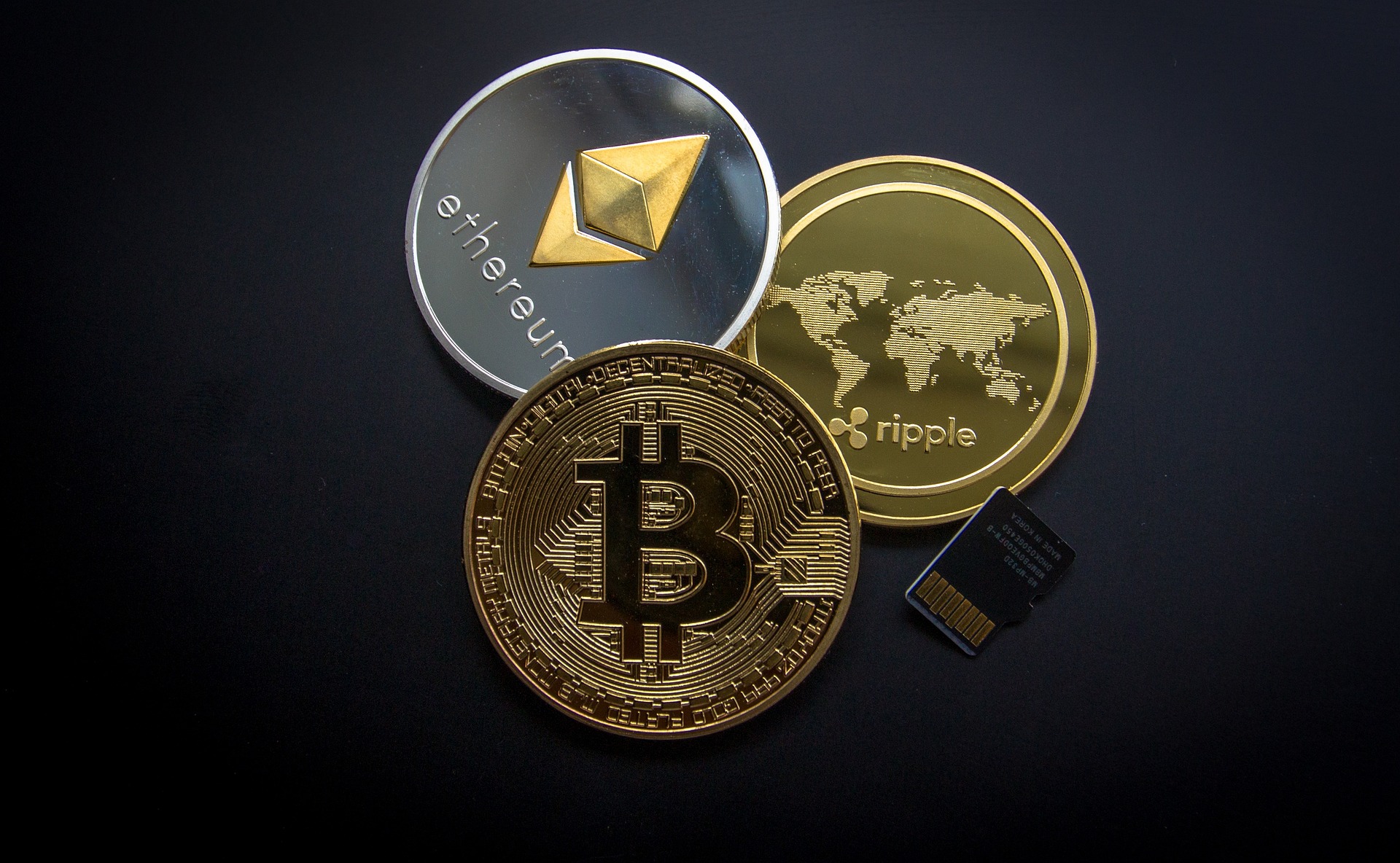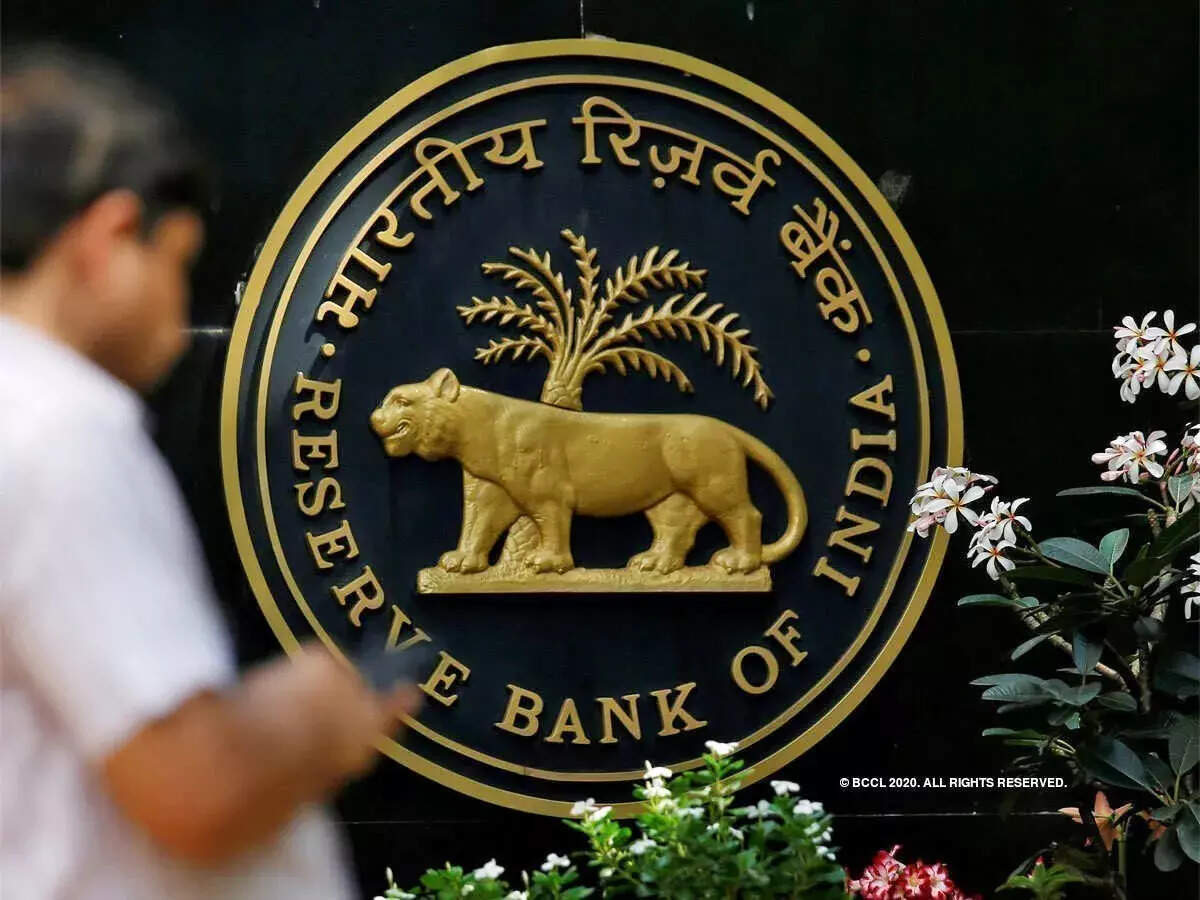Global crypto meltdown: India avoids calamity owing to a careful government and RBI

Due to the governments and the RBI’s cautious approach, India was relatively unaffected despite billions of dollars being lost on cryptocurrency exchanges around the world. Despite the Reserve Bank of India’s (RBI) unwillingness to acknowledge cryptocurrencies and numerous warnings against dealing in them, the government employed levies to curb demand.
As a result, Indian investors have largely been spared the effects of the cryptocurrency crash, which has caused the market value of all cryptocurrencies to drop from USD 3 trillion in 2021 to USD 1 trillion today and forced the bankruptcy of the cryptocurrency exchange FTX, based in the Bahamas, as a result of a spike in customer withdrawals. Faith in the already troubled industry that was trying to establish credibility with the general public has been destroyed by the FTX empire collapse, which destroyed Sam Bankman-Fried’s entire USD 16 billion fortune, one of history’s largest-ever destructions of wealth. Bitcoin and Ether, the two most widely used cryptocurrencies, have experienced sharp price declines.
Even though the government initially considered passing legislation to regulate such instruments, the Reserve Bank of India (RBI) has steadfastly opposed virtual money from the start. But after much consideration and deliberation, the government decided that a global consensus is required because virtual currencies are unbound and carry too many risks.
What heroes exist? To expose the lies being spread by the RBI, SEBI, and Indian government. If Indian companies like brokers had entered the cryptocurrency market, just think of how many people would have lost money. Only 3% of Indians actually own cryptocurrency. “Conclusion: This may not yet be over. Please don’t buy this dip “Abid Hassan, the CEO of Sensibull.com, the biggest options marketplace in India, tweeted.
The decision by the government and RBI to not recognise cryptocurrencies at this time, according to Kamlesh Shah, President of the Association of National Exchanges Members of India (ANMI), is acceptable. In India, savings have not yet been seen to be properly directed into investments that assist economic growth, claims Shah.
Reserve Bank Governor Shaktikanta Das described cryptocurrencies as a “obvious hazard” in the Financial Stability Report that was released in June. He asserted that anything that derives value solely from conjecture, without any underpinning, is nothing more than speculation masked by a catchy name. The RBI has been alerting the public about such virtual currencies, and the government supports the concept of prohibiting private digital money.
The RBI’s position that cryptocurrencies should be outlawed was reiterated by Nirmala Sitharaman, minister of finance, who also added that no legislation would be possible without intense international cooperation. In a recent written response to Parliament, Sitharaman stated that the RBI thinks cryptocurrencies should be outlawed. She had said that due to the global nature of cryptocurrencies, international cooperation was required to prevent regulatory arbitrage.
Therefore, only after extensive international collaboration on the assessment of the risks and benefits and the development of common taxonomies and standards can any legislation for regulation or for banning be effective, she had stated. Sitharaman has called for an efficient tax reporting system and information sharing between jurisdictions for crypto assets in numerous multilateral fora to combat offshore tax evasion.
The need for coordinated international efforts and crypto regulation would be among the top topics for discussion between the world leaders as India assumes the G-20 presidency on December 1. expressing similar ideas On Friday, US Treasury Secretary Janet Yellen emphasized the need for high regulatory standards worldwide to address the risks associated with cryptocurrencies.
The Financial Action Task Force and multilateral banks like the IMF are actively working in the context of financial stability to address the risks and some benefits from cryptocurrencies on a global basis, according to Yellen. She also stated that “we need a high regulatory standard globally, we need to take measures to reduce the cost of cross-border payments, and we are very actively working on a domestic level with the Financial Action Task Force.” She argued that international cooperation was essential for governmental organisations, the commercial sector, and other stakeholders.
Although the legality of cryptocurrencies is still up for debate, the government has implemented a 30% income tax, along with a surcharge and a cess, starting on April 1. These crypto assets include Bitcoin, Ethereum, Tether, and Dogecoin. Additionally, a 1% TDS has been implemented on payments over 10,000 for virtual digital currencies to keep track of the money trail.
Separately, tax authorities allegedly committed Goods and Services Tax (GST) evasion and intensified their investigations into major crypto service providers. Utilizing public notices published on December 24, 2013, February 1, 2017, and December 5, 2017, the RBI has been warning users, holders, and traders of Virtual Currencies (VCs) that doing business with VCs may be fraught with potential economic, financial, operational, and legal, customer protection, and security-related risks. On April 6, 2018, the RBI also published a circular forbidding its regulated entities from dealing in virtual currencies (VCs) or offering services to assist any person or entity in transacting in or settling in VCs.
What Is FTX and How Did It Collapse? Crypto’s Lehman Moment
Sam Bankman-Fried, a graduate of MIT, founded FTX, which up until recently was the second-largest centralized crypto exchange in the world. With well-known investors like Sequoia, Softbank, and Temasek, FTX soon rose to the position of second-largest exchange in the world, with peak daily transactions of $ 2 billion. Unfortunately, everything collapsed when the business was unable to raise money to restore the money to its customers.
Ironically, Bankman-Fried stated in his prime as a multi-billionaire that if FTX became the largest exchange, he would consider purchasing behemoths like Goldman Sachs and CME Group. His estimated net worth at the time was $26 billion. However, given that FTX has recently declared bankruptcy due to its inability to pay its debts, that goal seems far off.
What does FTX Do?
As an exchange, FTX’s sole responsibility was to link buyers and sellers and to make money from the transactions. Users would fund their FTX accounts with fiat money (US Dollars or other officially recognized currencies), and use that money to purchase and trade cryptocurrencies. Users of the exchange made hasty withdrawals when rumors concerning FTX and its affiliated company Alameda Research’s dire financial situation started to circulate. However, there wasn’t enough money in the exchange to cover all withdrawal requests.
Since banks lend money and don’t have the deposit money on hand, they typically have problems when several depositors withdraw money all at once. However, FTX was merely a middleman, and the fact that not all withdrawals could be processed indicated a significant financial problem. An exchange has safeguards in place to make sure it can recoup any funds it loans to users who want to engage in leveraged transactions.
How did FTX’s issues begin?
Bankman-Fried launched Alameda Research, a cryptocurrency-focused proprietary trading company, as the first step in his business career. Later, Bankman-Fried established FTX to transform from a trader into the market itself. The FTX cryptocurrency, FTT, was produced independently. Lower trading expenses were only one benefit available to everyone who held FTT.
Monies were moved from FTX to Alameda when Alameda Research experienced losses in its operations; these funds comprised consumer deposits in fiat currency and FTT tokens. As a result, FTT tokens were held as close to one-third of Alameda’s assets, totaling $14.6 billion.
Given the Group’s perilous financial state, users and investors were alarmed when Alameda’s balance sheet leaked on Coinbase. According to its balance statement, Alameda had borrowed almost $7.4 billion using its assets as collateral for loans for commercial purposes. It is assumed that the loans it obtained were secured by its FTT tokens. Therefore, a decline in the value of the collateral (FTT tokens) would have caused the Group as a whole to spiral out of control. Because of this, the value of FTT tokens became extremely important to the FTX group.
Unsurprisingly, Changpeng Zhao’s tweets played a role in the collapse of FTX. Binance, the biggest cryptocurrency exchange in the world and FTX’s main rival, was founded and led by Zhao. Zhao and Bankman-Fried were close friends before they turned into bitter enemies. Just six months after FTX’s founding, Zhao had invested $100 million. Due to tension between the two individuals, FTX paid $ 2 billion to acquire Zhao’s interest. However, since FTX used FTT tokens to make the payment, in retrospect, this purchase was a mistake. Later, Zhao and Bankman-Fried would frequently engage in online combat.
Zhao quickly tweeted that he was selling all the FTT that he possessed after Coinbase published the report on FTX Group’s poor financial situation. The liquidity crisis was brought on by the hurried selling of FTT by other token owners and FTX platform users, who then withdrew their fiat money. Bankman-Fried, the Democratic Party’s second-largest individual donor after George Soros, is no longer a billionaire. Due to the nature of the crisis and the sizeable sums of money involved, the Group is the subject of an investigation. The estimated liabilities of FTX range from $10 billion to $50 billion, with 100,000 creditors.
edited and proofread by nikita sharma





